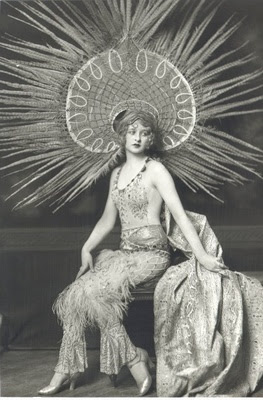TAM VAN TRAN
b. 1966 Kontom, Vietnam
Lives and works in Los Angeles
Education: Graduated from the UCLA Film and Television Program, and holds a BFA in painting from the Pratt Institute, Brooklyn.
“Tam Van Tran’s unusual materials and working methods result in works of exceptional beauty. He comments simultaneously on the natural world, the industrial world, and even science fiction,”
--JoAnne Northrup, chief curator, San Jose Museum of Art.



“Beetle Manifesto” Series
Van Tram uses natural materials like spirulina and chloroform mixed with acrylic, paints on canvas and paper, and then shreds his painting into strips. He then uses ordinary office staples to reassemble the work into a three-dimensional wall piece






More mixed mixed media works of acrylic, staples, color pencil on canvas, and paper (also notice the 3-hole (or single hole) punched elements...)



Elements build density in areas, also continue to contain "profiles," in other words, create dimension. Notice how the elements begin to break the boundaries of the rectangular/boxed canvas. Below you'll see how it doesn't just break the 2-dimensional edges, but it continues and breaks the boundary between 2-dimensions and 3-dimensions. The painting becomes a sculpture.


Tam Van Tram has received the Joan Mitchell Foundation award, a Pollack Krassner Fellowship, among other honors. Numerous galleries in New York, Los Angeles, and San Francisco have presented solo exhibitions of Tran’s work. In addition to the Whitney Biennial in 2004, such museums as the Institute of Contemporary Art, Boston, UCLA’s Hammer Museum, and the Asian American Art Center, New York, have exhibited his work.































)(brown).jpg)























